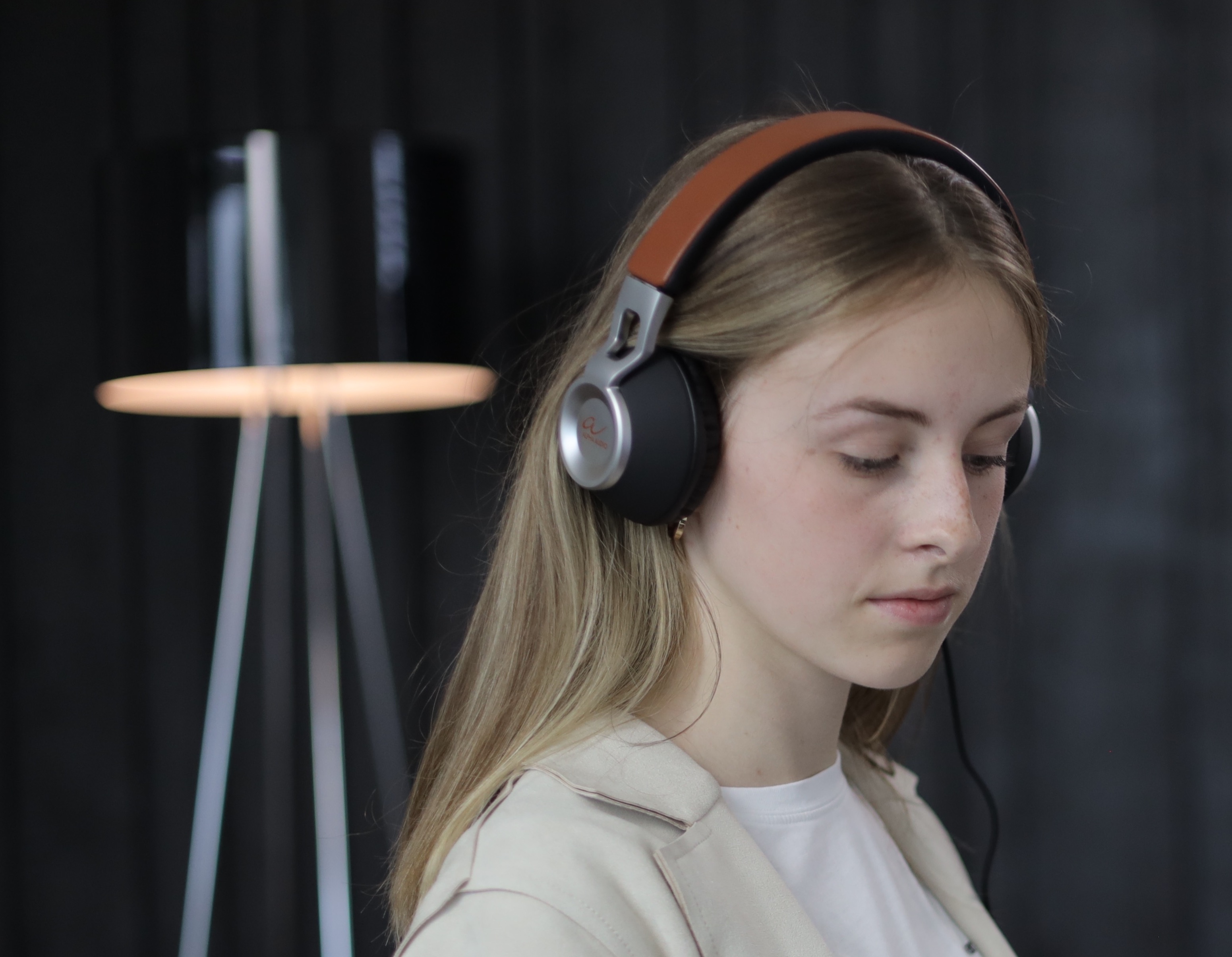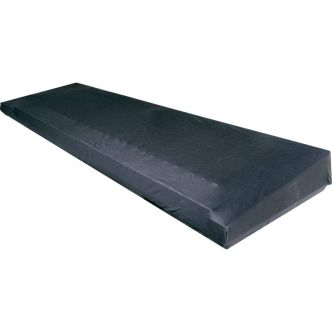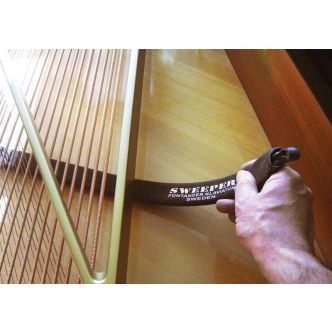Questions? Drop by or ask them online!
Are you in dubio on what instrument you want or need? Or would you rather receive advice from one of our piano consultants? Get in touch!
- Visit one of our showrooms
- Use our webchat in the right-bottom corner!
- Or contact is via telephone or via mail
Opening hours
- Mo: Closed (except store Amsterdam)
- Tu: 10:00 - 18:00
- We: 10:00 - 18:00
- Th: 10:00 - 18:00
- Fr: 10:00 - 18:00
- Sa: 10:00 - 18:00
- Su: Closed (except store Delft)




